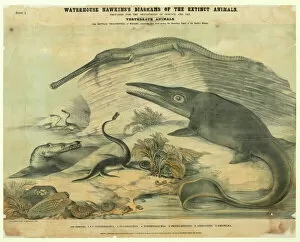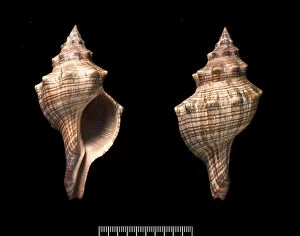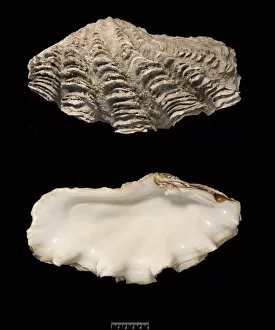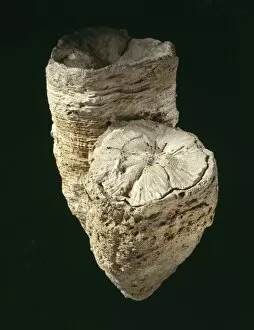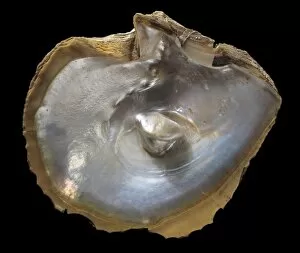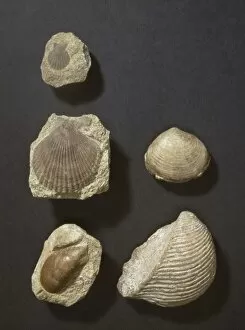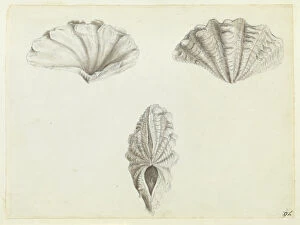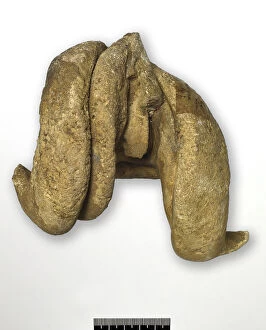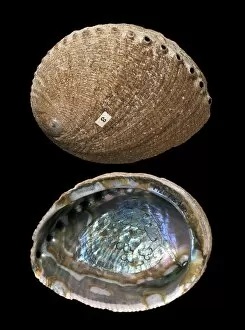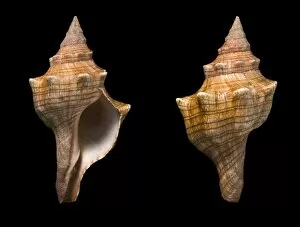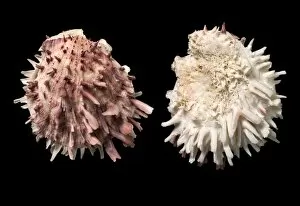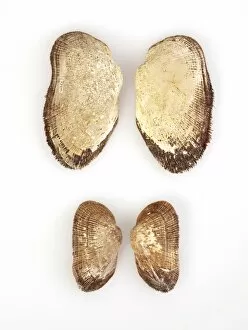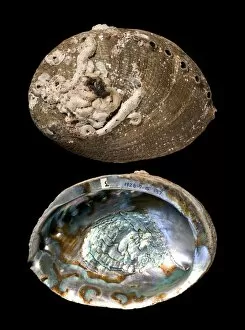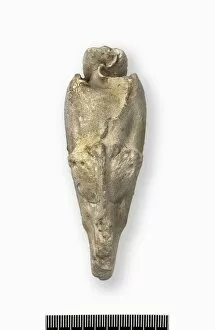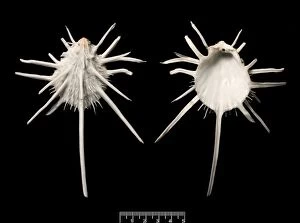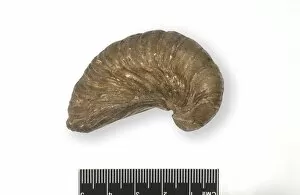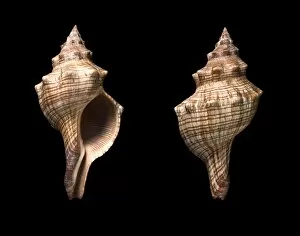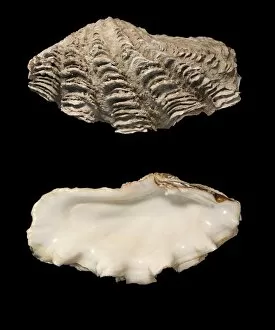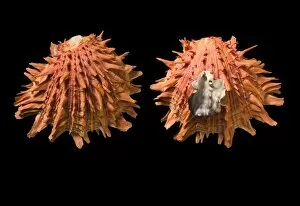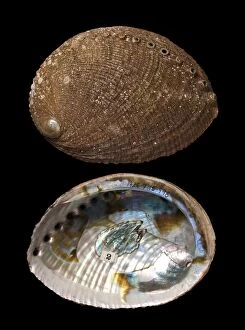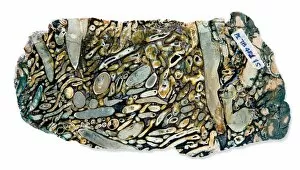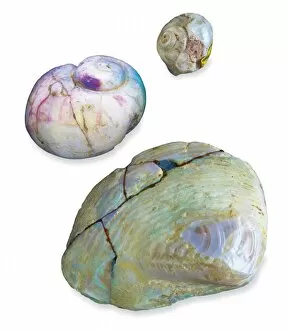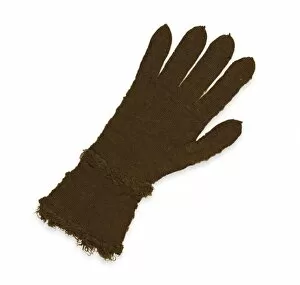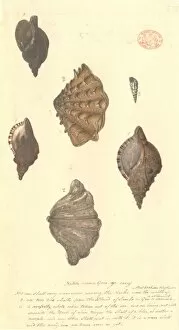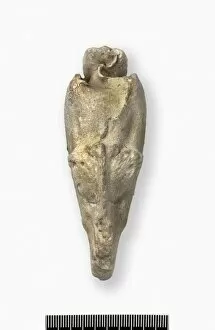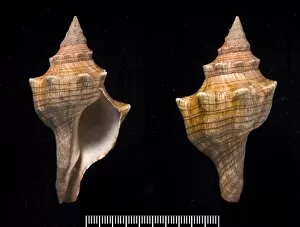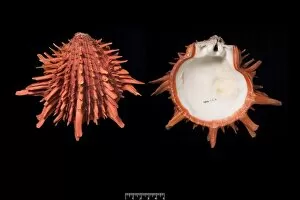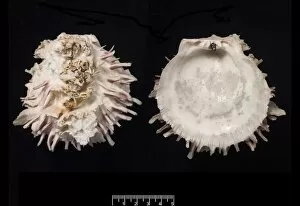Lamellibranch Collection
"Lamellibranch: A Glimpse into the Ancient Marine World" Step back in time and explore the fascinating world of lamellibranchs
For sale as Licensed Images
Choose your image, Select your licence and Download the media
"Lamellibranch: A Glimpse into the Ancient Marine World" Step back in time and explore the fascinating world of lamellibranchs, extinct marine reptiles that once roamed our oceans. From Pleuroploca trapezium to Trapezium horse conch, these creatures left behind a rich fossil record that offers us a window into their prehistoric existence. Delve deeper and discover the remnants of Tridacna maxima Rẽg, 1798 - the giant clam that dominated ancient seas with its colossal size. Its internal cast, Epidiceras speciosum (Munster), showcases intricate details of this bivalve's structure, providing valuable insights into its anatomy. But it doesn't stop there; Tridacna gigas, another giant clam species, also graces our collection with its impressive presence. These massive shells serve as a testament to the grandeur of these ancient mollusks. As we journey through time, we encounter an array of bivalve fossils - five unique specimens each telling their own story. Their delicate beauty preserved over millennia is awe-inspiring and reminds us of the incredible diversity that once thrived beneath the waves. Amongst our treasures are Green abalone shells C016/6055 - vibrant reminders of nature's artistic touch. European thorny oyster shells add a touch of elegance to our collection while Trapezium horse conch shells C016/6030 offer a glimpse into their distinctive shape. Lastly, let your eyes feast upon Painted thorny oyster shells C016/6058 - exquisite masterpieces adorned with nature's brush strokes. Each shell whispers tales from bygone eras when these remarkable creatures flourished in abundance. Join us on this captivating journey as we unlock secrets hidden within these lamellibranch relics. Immerse yourself in their splendor and marvel at how they shaped our planet's history.

